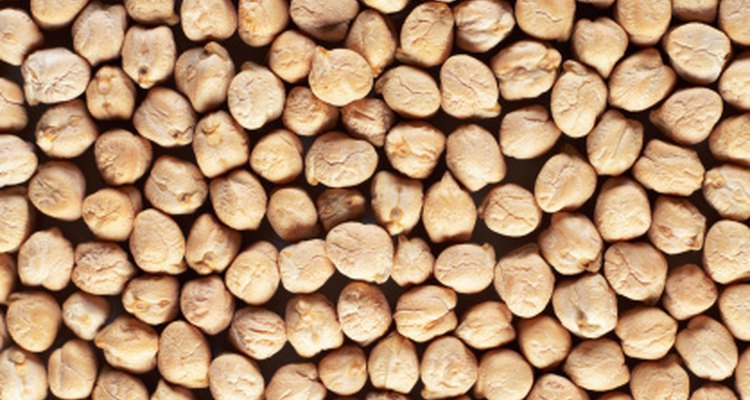
For vegetarians and individuals living on a budget, beans make an ideal source of protein. Using dried beans, as opposed to canned, adds flavor while reducing the amount of sodium and the cost. Familiarizing yourself with the basic methods of cooking dried beans opens up a huge variety of dishes because these legumes are largely interchangeable. The cooking methods are the same, but the flavor is entirely different. There are three basic ways of preparing dried beans without soaking them overnight first.
Place your dried beans in the colander. Wash them under cold water and pick out any discolored or split beans. Dump the beans in a pot and add water. The water level should reach 2 inches above the beans. Place the pot on the stove and bring the water to a boil. Boil the beans for two minutes. Turn off the stove, cover the pot and let the beans soak. After two hours, drain the beans. Add more water and bring it back to a boil. Reduce the heat so that the beans simmer. Check the beans after 10 minutes. When they start to become tender, add a dash of salt. Depending on the type of bean, it can take 10 to 30 minutes for the beans to finish cooking.
Wash and pick over your dried beans. Place them in a pot and add enough water to cover the beans by at least 2 inches. Bring the water to a boil on the stove. Reduce the heat and let the beans simmer. Every 10 minutes, stir the beans. Once the beans become slightly tender, add a dash of salt. Cooking times vary depending on the type of bean. Lentils take approximately 20 minutes while chick peas take three to four hours.
Preheat your oven to 250 degrees Fahrenheit. Wash and pick over your dried beans. Place them in an oven-proof pot and add enough water to cover the beans by at least 2 inches. Bring the water to a boil. Place a lid on the pot and set the pot in the oven. After 45 minutes, stir the beans and taste them. If they are slightly tender, add salt. If they are still hard, check them every five minutes, adding the salt when they become tender. Most beans will be completely cooked after 75 minutes.
Related Articles

How to Cook Beans
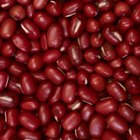
How to Soak Adzuki Beans

How to Cook Dried Black Beans in a Slow ...
How Long to Cook Dried Kidney Beans on ...

Can I Substitute Chickpeas for Black ...
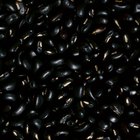
How to Cook Dry Black Beans

Spices to Use in Red Beans

How to Cook Dried Chickpeas Without a ...

How to Quick Cook White Beans Without ...

How to Cook Beans With Kombu Seaweed
KFC Green Beans Recipe
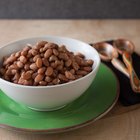
How to Cook Pinto Beans in a Crock Pot

How to Make Homemade Red Bean Paste ...
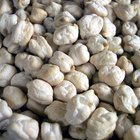
How to Freeze Garbanzo Beans
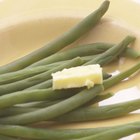
How to Cook Dragon's Tongue Beans
Easy Crock-Pot Baked Beans Recipe

How to Cook Petai

How to Rehydrate Chickpeas

How to Cook Balatong

Do Beans Cook Faster Covered?
References
- “How to Cook Everything Vegetarian”; Mark Bittman; 2007
- “Preparedness Principles: The Complete Personal Preparedness Resource Guide”; Barbara Salsbury et al.; 2006
- The Paupered Chef; 90 Minute, No-Soak Beans; Nick Kindelsperger; June 2009
Tips
- Don't add salt until the beans are almost done cooking. Adding salt too early causes the beans to break apart and take on a gritty texture.
- If you tend to experience gas when you eat beans, use the first cooking method. Draining the beans after they've briefly soaked will make them easier to digest.
Warnings
- Keep an eye on the water level as your beans cook. Add more water if necessary.
Writer Bio
Kat Black is a professional writer currently completing her doctorate in musicology/ She has won several prestigious awards for her research, and has had extensive training in classical music and dance.
Photo Credits
Ryan McVay/Digital Vision/Getty Images